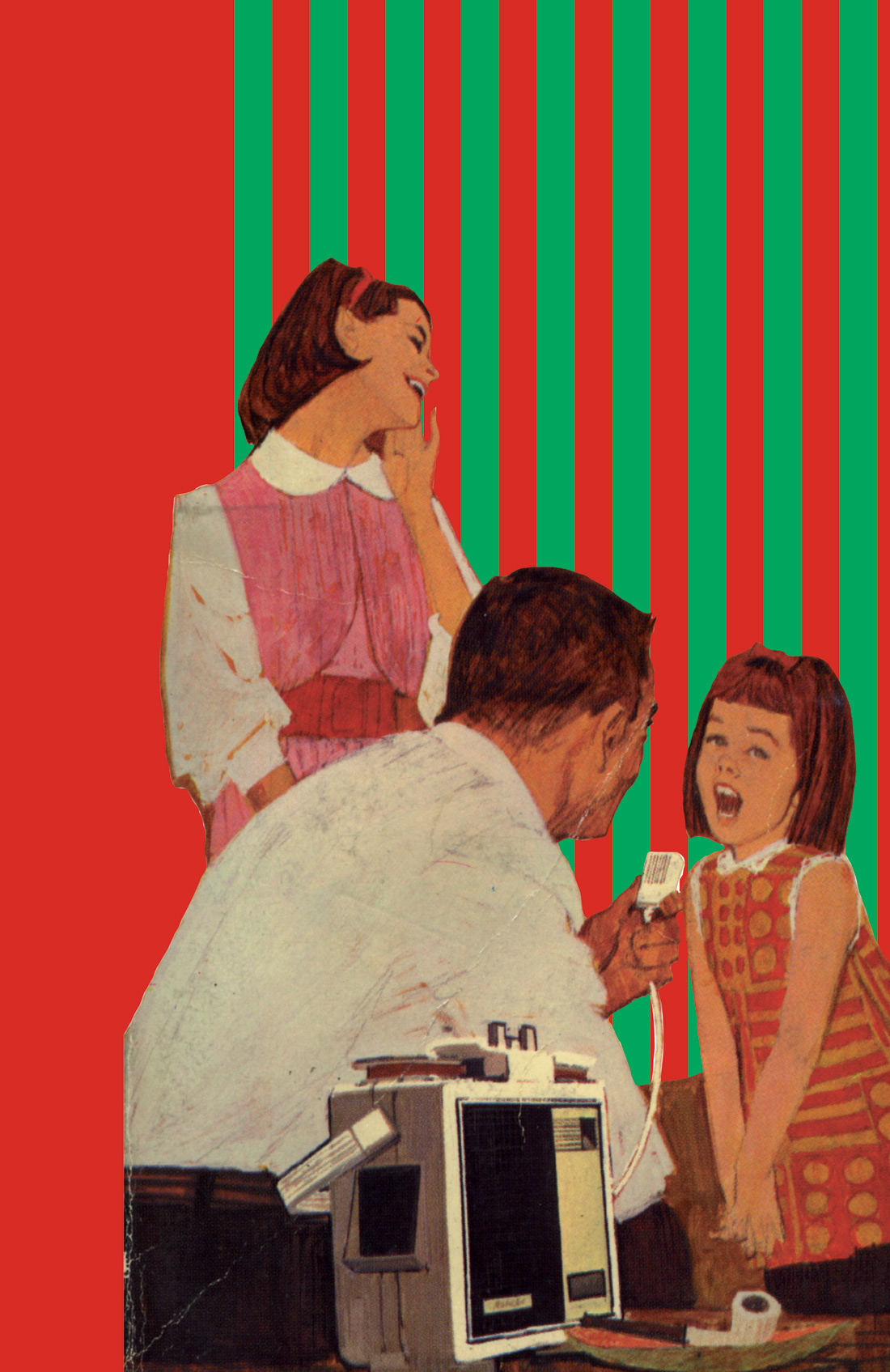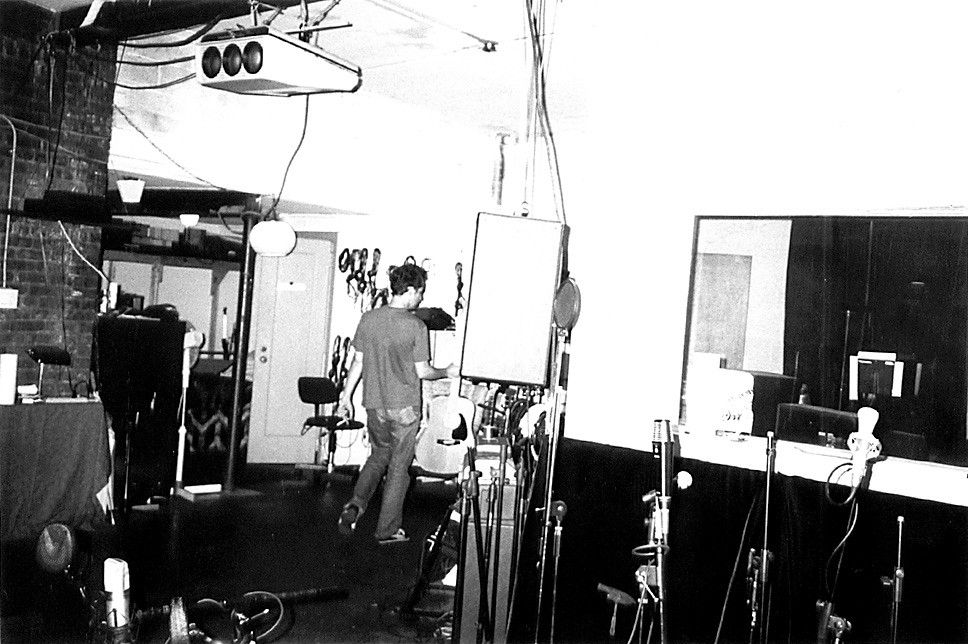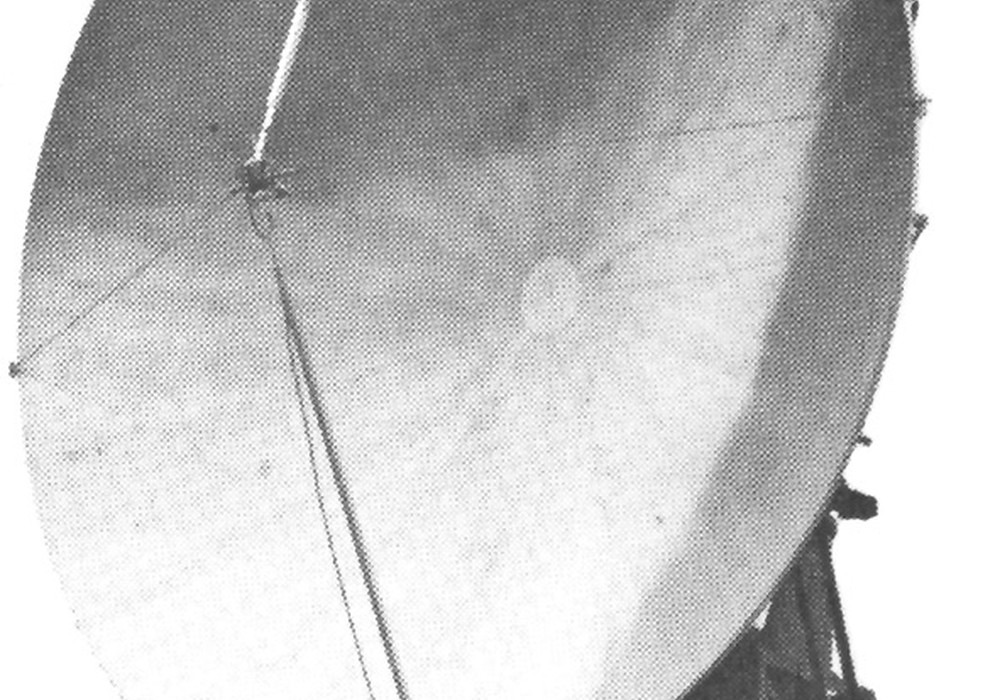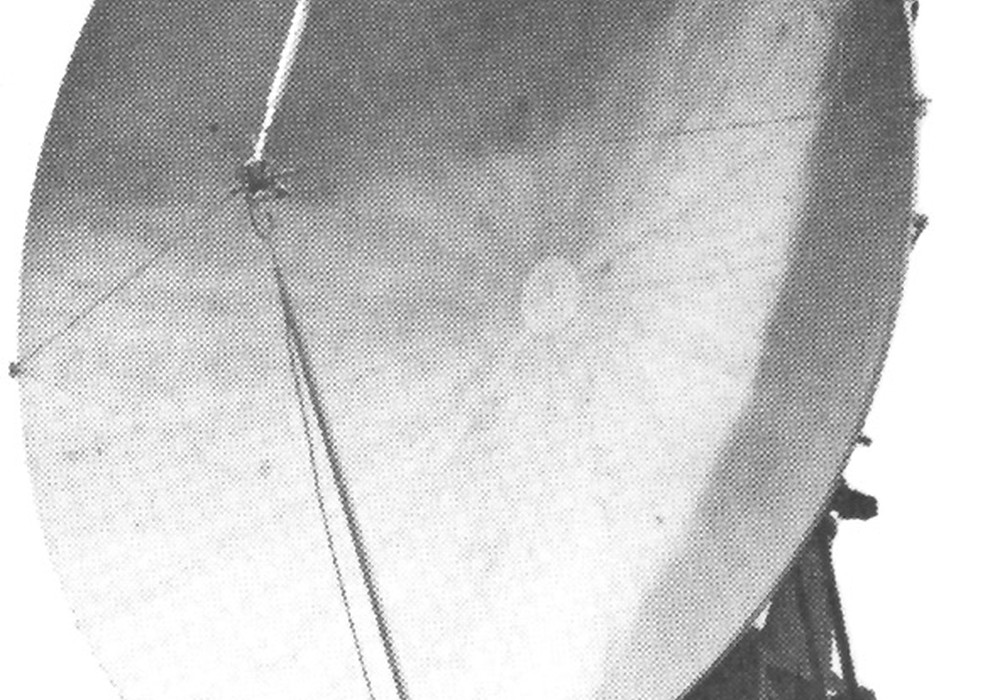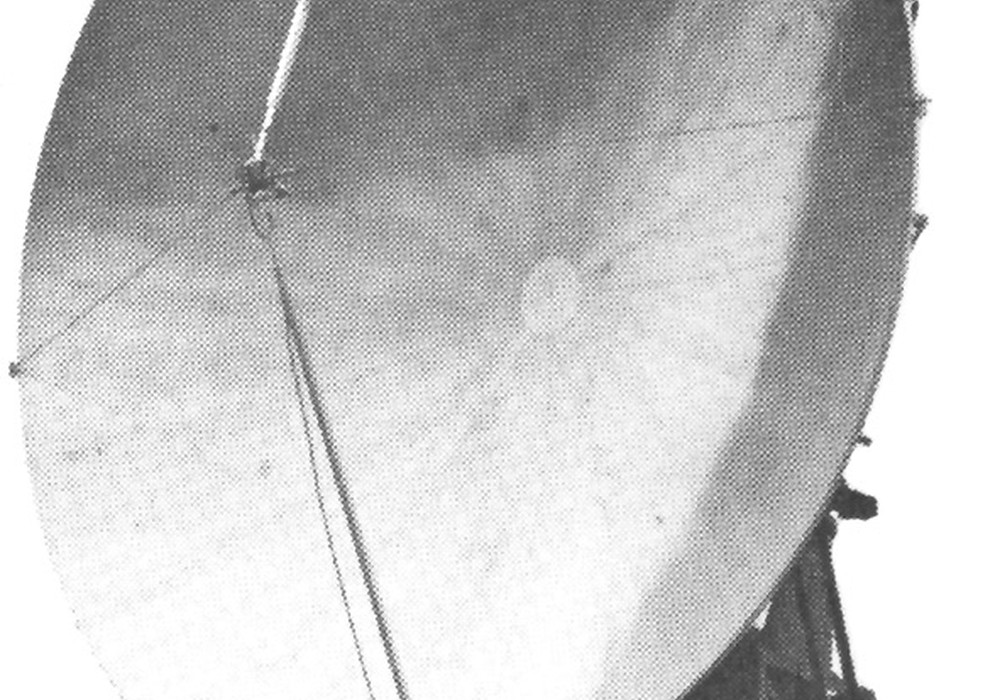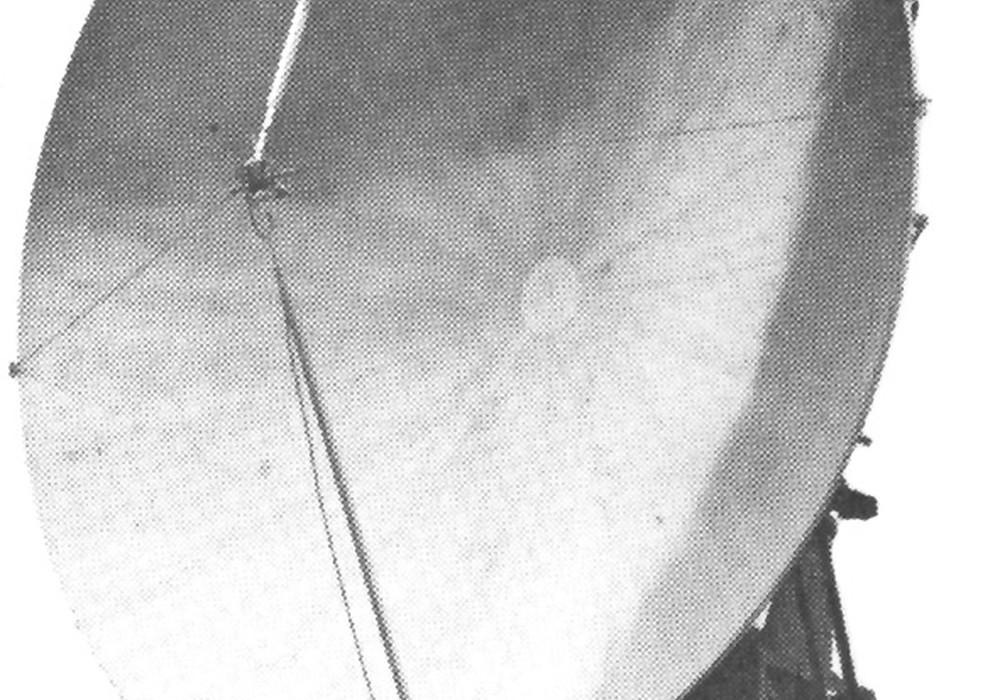Brooklyn, New York, has become a hot studio spot during the last few years. Free from the space crunch of Manhattan, rents are lower and smaller studios can survive. Nicolas Vernhes runs Rare Book Room (named after an EP by a band he had been in) out of a nondescript building there and has made some amazing records with bands like Versus, Silver Jews and many more. There's a real attention to the detail of sounds in his work that's exciting to listen to and there's also a "timelessness" that will help his recordings survive the test of time. All are good qualities in my book.
Your studio is kind of similar to mine, we do a lot of indie-rock type stuff. I kept seeing your name on the Versus records and the Silver Jews' record.
Is that how you heard about the studio?
I think the first time I heard about it was the Versus EP, the one with the strings.
Deep Red. It was recorded the same time as their other full release, Secret Swingers, on Caroline.
You did that one too?
It was all at the same time. Afterwards, once all the songs were finished and mixed, the decision was made as to what was going to go on what. They wanted Mark Robinson's label [Teenbeat] to put out the EP and Caroline did the full length. From the same sessions, the choices were made about which songs to use turned out to give a completely different flavor to each record, the EP is kind of crazier. It was over a few months because they live nearby so they could come in and do a few days. We tried an insane thing, we tried to mix the entire record in one session.
Why?
For fun. It was 38 hours non-stop. We just kept going until it was done and it got really edgy in the room.
What were some of the first things you started working on here?
Well that was one of them. Just before that I started working on the Containe record, which is Fontaine's [bassist / vocalist for Versus] band with Connie of the Pacific Ocean. The very first recording that was released was this band called Pumpernickel. My friend David, who was in the band with me at the time, produced. We tried everything possible at the time. We took the stereo mix and EQ'd all the high end out of one side and the low end out of the other. When we used them together it was perfectly balanced. In mono it was fine, but if you killed one of the channels it sounds horrible. We noticed that with a few of Led Zeppelin's records where there was a side that was just much duller. It was a way to separate the sound, giving the speaker a function on the recording. I noticed that because in my car one of the speakers went out and I would listen to the radio or a tape and I couldn't listen to it. There was just nothing, it was completely different. Together it made a lot of sense, it gave a lot of spatial spreading. It was just like one speaker did the high end and one did the low end.
And you started doing that on the Pumpernickel record?
We mixed it through an EQ and did it until it sounded right. Once we had all the levels right we did all the moves accordingly. We also spread the drum kit from high to low, all the cymbals were on the left, the snare drum was in the center and the kick drum was on the right.
When you had headphones on, did it feel like things were kind of tugging back and forth?
A little bit, what happens is it dictates the motion... you're right, exactly. The high end moves to the right if that's the high end speaker. A guitar part that starts slow and starts moving up would naturally go from right to left. It sounded crazy, that was before I had my 1/2" and we mixed it to DAT so it sounds a little cold and clinical.
What kind of projects came after that? Did you have enough gear to start on stuff?
To start I had the 24-track which has been a 16- track 2" — those records were done on a 16-track 2". It was only two years later that I put on the 24-track heads.
That's when you found it in the box?
Yeah, the box that came with the machine. There was a set of heads that were in really good shape and I had JRF in New Jersey do all the heads. I sent it to them and...
